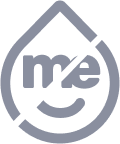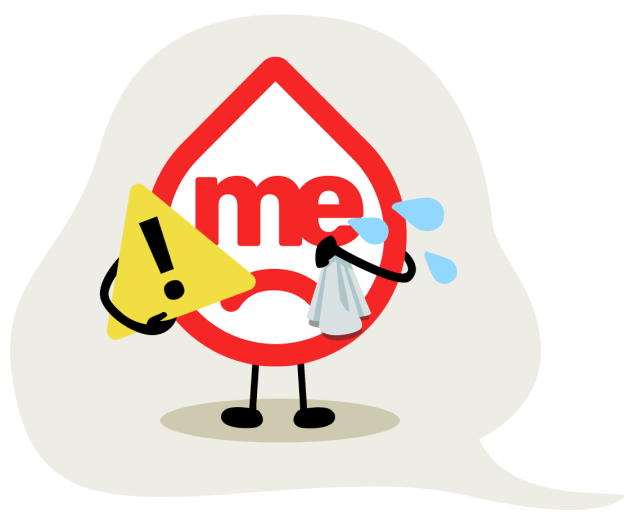Free of formaldehyde and the most common allergy causing preservatives such as benzalkonium chloride, formaldehyde, benzophenone, methyldibromo glutaronitrile, MCI/MI and others.
SEE COMMON PRESERVATIVE FREE PRODUCTS
Free of fragrances and the most common allergy causing botanicals such as balsam of peru, cinnamic aldehyde, propolis (bee glue) and many more.
SEE FRAGRANCE FREE PRODUCTS
Find irritant free beauty, skincare & household products that are free of ingredients like retinol/retinal, glycolic acid, alpha hydroxy acids, benzoyl peroxide and peeling or resurfacing agents that can make your skin sensitive
SEE IRRITANT FREE PRODUCTS
Free of added potentially harmful hormone-altering chemicals and ingredients that may affect teen development such as Phthalates, Bisphenols, Parabens, halogenated phenols (such as Triclosan), Benzophenone-3, Perfluoro (PFAS) compounds, hexylresorcinol, and related ingredients.
SEE TEEN SAFE PRODUCTS
Find Lip Safe cosmetics. LipSafe is the same as "Top Free" and free of LANOLIN too, Lip Safe aka the kissing badge keeps your lips more kissable.
SEE LIP SAFE PRODUCTS
Free of the top common allergy causing ingredients (fragrances, preservatives, topical antibiotics, sunscreens and metals), surfactants (cocamidopropyl betaine) and harmful hormone-altering chemicals and ingredients.
SEE BABY SAFE PRODUCTS
Free of the most common fragrances, preservatives, soap and glue ingredients that cause eyelid rashes (It’s Top Free plus no gold, thimerosal, soaps related to cocamidopropyl betaine, or glues/adhesives like shellac or acrylate monomers; also free of Meibomian gland toxic ingredients including phenoxyethanol, parabens, and chlorphenesin)
SEE EYELID SAFE PRODUCTS
Free of formaldehyde and the most common allergy causing preservatives such as benzalkonium chloride, formaldehyde, benzophenone, methyldibromo glutaronitrile, MCI/MI and others.
SEE COMMON PRESERVATIVE FREE PRODUCTS
Free of fragrances and the most common allergy causing botanicals such as balsam of peru, cinnamic aldehyde, propolis (bee glue) and many more.
SEE FRAGRANCE FREE PRODUCTS
Free of coconut and related allergy causing coconut derivatives; however, highly processed ingredients derived from coconut (e.g., glycerin or tocopherol) will not be excluded by SkinSAFE
SEE COCONUT FREE PRODUCTS
Free of Methylisothiazolinone, Methylchloroisothiazolinone and related kathon-like ingredients.
SEE MCI/MI FREE PRODUCTS
Free of ADDED gluten and other wheat-related ingredients, including barley, rye and oat. However, highly processed ingredients derived from wheat, barley, rye, and oat (e.g., glycerin or tocopherol) will not be excluded by SkinSAFE
SEE GLUTEN FREE PRODUCTS
Our Soy filter excludes products with soy ingredients (e.g., soybean oil). However, highly processed ingredients derived from soy (e.g., glycerin or tocopherol) will not be excluded by SkinSAFE.
SEE SOY FREE PRODUCTS
Myroxylon pereirae (Products will not contain Fragrance, Benzyl Alcohol, Benzoic Acid, Sodium Benzoate, Cinnamates, Octocrylene)
SEE BALSAM OF PERU FREE PRODUCTS
Find irritant free beauty, skincare & household products that are free of ingredients like retinol/retinal, glycolic acid, alpha hydroxy acids, benzoyl peroxide and peeling or resurfacing agents that can make your skin sensitive
SEE IRRITANT FREE PRODUCTS
Find dye free beauty, skincare & household products that are free of colorants & dyes that can cause skin sensitivities.
SEE DYE FREE PRODUCTS
Free of formaldehyde and the most common allergy causing preservatives such as benzalkonium chloride, formaldehyde, benzophenone, methyldibromo glutaronitrile, MCI/MI and others.
SEE COMMON PRESERVATIVE FREE PRODUCTS
Free of fragrances and the most common allergy causing botanicals such as balsam of peru, cinnamic aldehyde, propolis (bee glue) and many more.
SEE FRAGRANCE FREE PRODUCTS
Free of Methylisothiazolinone, Methylchloroisothiazolinone and related kathon-like ingredients.
SEE MCI/MI FREE PRODUCTS









































































